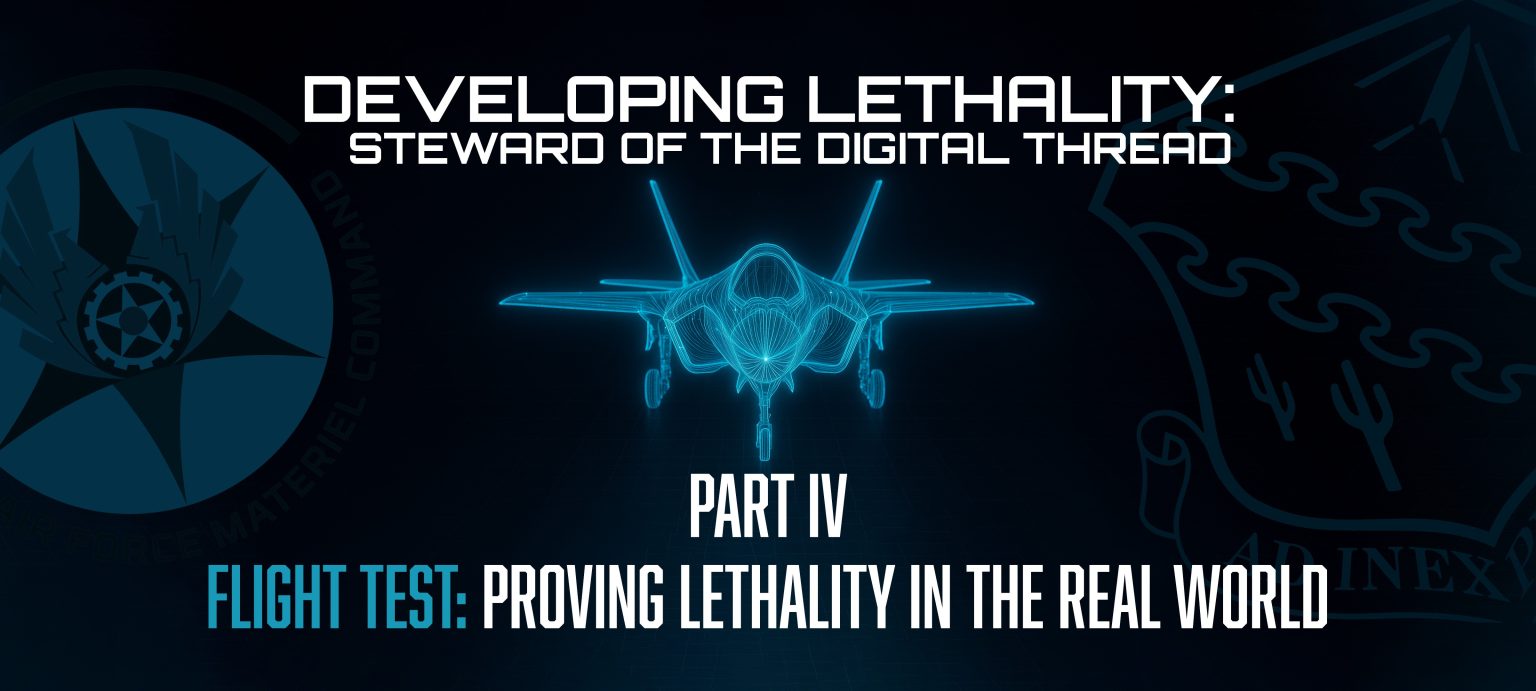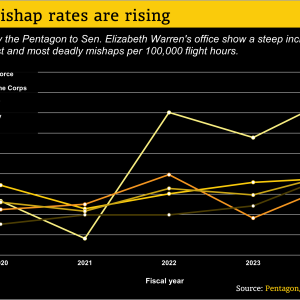The U.S. Department of the Air Force has rewritten its core DAFI 99‑103 test and evaluation instruction, issuing a Guidance Memorandum on 22 August 2025. The memo updates experimentation and reporting across the Air Force and the Space Force. It formalises capabilities‑based T&E, broadens USSF roles, and links early experimentation to acquisition choices. As a result, teams working on autonomy, collaborative combat aircraft (CCA) and software‑heavy systems can move risk left and compress schedules.

Key Facts
What changed: A Department of the Air Force Guidance Memorandum dated 22 August 2025 directs immediate updates to DAFI 99‑103.
Scope: The publication is rewritten and now explicitly includes United States Space Force roles.
Process tools: The policy highlights Sufficiency of Test Reviews and tailored operational test options for faster, continuous feedback.
Enterprise alignment: The Test Flag Enterprise (Orange/Emerald/Black/Gray Flag) is positioned to prove the digital thread and kill‑web integration.
Why it matters: Clearer paths cut rework, enable model‑based verification, and improve proposal credibility.
What the 22 August memo changes
DAFI 99‑103 supplements DoDI 5000.89, the Pentagon’s baseline for T&E. The new memo requires “early and continuous” experimentation and confirms that the policy covers USAF and USSF programmes. It also adds tables for oversight information needs, operational‑test options, and special T&E types. Consequently, test planning can start earlier and align with decision gates.
At the same time, AFTC has been pushing an enterprise approach that blends models, ground tests, and flight tests. Its public articles describe how digital‑thread practice and multi‑domain Flag events shorten the path from trial to operational relevance. The policy refresh now backs that intent and gives programme teams a clearer map.
Why the update matters now
Earlier, decision‑grade evidence
The memo treats experimentation as an input to strategy, not an afterthought. Therefore, programmes can turn rapid trials, surrogate testing, and model‑based analysis into evidence before Milestone B or C. In turn, late surprises should drop, and integration risks can be retired sooner.
Tailored operational test pathways
The instruction defines options such as Early Operational Assessments, Operational Utility Assessments, and Sufficiency of Test Reviews. These tools support proportional test design for software‑intensive increments and autonomy features. Moreover, they help teams keep pace with continuous delivery while preserving operational realism.
Integrated USSF roles
The rewrite brings USSF/TE into the same frame. Space programmes that rely on mixed civil‑military ground assets and classified OT environments now have clearer authorities. Consequently, expect tighter range coordination, better data continuity, and more consistent reporting across SSC, AFOTEC, and AFTC.
Implications for autonomy and CCA
From experimentation to utility
Autonomy and CCA will benefit from shorter loops between lab evidence and field relevance. Participation in Orange, Emerald, Black, or Gray Flag can validate kill‑web behaviours under stress. Additionally, validated models and datasets can flow into flight‑test design and, later, into OT observations.
Budgeting and planning
Recent budget exhibits tie resilience upgrades to strong T&E pipelines. With the new policy, financial managers have firmer hooks to fund early events, LVC venues, data environments, and Flag campaigns. Therefore, programme baselines can embed the necessary test infrastructure instead of treating it as optional.
Procurement and source‑selection angle
For primes and Tier‑1 suppliers, proposal credibility will hinge on a policy‑aligned T&E strategy. Offers that show a validated digital thread, planned Flag participation, and operational assessments should score better on technical risk. Meanwhile, smaller vendors gain from fit‑for‑purpose approaches that still produce decision‑quality evidence.
On the government side, source selections can require DAFI 99‑103 test and evaluation evidence as an artefact—such as sufficiency reviews or model‑validation traces. Programme offices can also empower Integrated Test Teams to choose the right operational‑test options from the new menu.
Risks, bottlenecks, and mitigations
Paperwork inflation: Without discipline, more options can become more forms. Anchor test design to decisions and reuse digital artefacts across events.
Range and data congestion: Early trials add demand on ranges and pipelines. Use distributed LVC venues, pre‑booked Flag slots, and robust data curation so results travel across programmes and accreditation boundaries.
When full OT is impractical: A Sufficiency of Test Review can aggregate results from representative events once stakeholders agree on scope and limits.
What happens next
Through Q4 2025 and H1 2026, programme offices will revise T&E master plans and acquisition strategies to reflect the update. They will also schedule Flag participation earlier in development. Vendors, for their part, should tune capture plans to highlight DAFI 99‑103 test and evaluation alignment, digital‑thread evidence chains, and operational‑utility demos.
For broader context on supply chains and space‑domain testing, explore our reported analysis on the space industrial base and space‑domain awareness. These themes intersect directly with how the Air and Space Forces intend to test, field, and sustain complex systems.
Further Reading
Internal: Defence Agenda — Space industrial base outlook. [1]
Internal: Defence Agenda — Space domain awareness & SSA primer. [2]
Department of the Air Force — DoDI 5000.89 / DAFI 99‑103 (Guidance Memo 22 Aug 2025) (policy PDF). [3]
Air Force Test Center — Flight Test: Proving Lethality in the Real World (13 Aug 2025). [4]
Department of the Air Force — DAFI 62‑601 (30 Jun 2025) (references DAFI 99‑103 responsibilities). [5]
Department of the Air Force — DAFMAN 65‑605V1 (15 Aug 2025) (funding guidance referencing DAFI 99‑103). [6]
References
DoDI 5000.89 / DAFI 99‑103 (with 22 Aug 2025 Guidance Memo)
AFTC: Flight Test—Proving Lethality in the Real World (13 Aug 2025)












